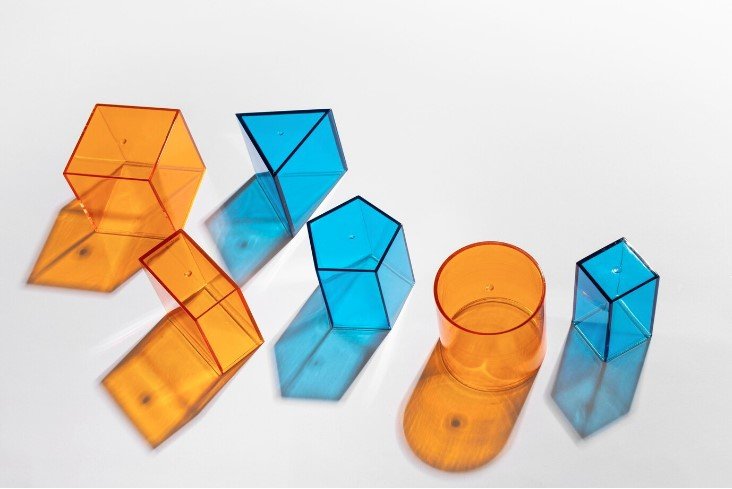Read this to Win Chromium Plating Environmental Challenges
The metal finishing industry plates hard and decorative hexavalent chromium processes from 1920s. It is an acknowledged industry standard and preferred choice because of its exceptional physical characteristics. US Environmental Protection Agency (EPA) and Registration, Evaluation, Authorization, and Restriction of Chemicals (REACH) had listed chromium trioxide as a hazardous chemical because of its carcinogenic property.
Applications
Many aerospace components use hard chromium, the automotive sector primarily uses decorative and other sectors use both decorative and hard chromium plating deposits. A deposit thicker than 1.2 micron are functional (hard) and any lesser are decorative. The industry favors chromium because of its oxidation resistance properties. Among groups 4, 5, and 6 elements of periodic table we plate only chromium using an aqueous solution. Ionic liquids can deposit most of the transition elements. Aqueous hexavalent Cr deposit has exceptional tribological and corrosion resistance (not all formulations) properties. We plate the deposit on high strength steels and nickel alloys (with Wood’s nickel strike). This deposit exists in alpha phase, is crystalline and forms limited compounds or components with occlusion of hydrogen and carbon developing internal deposit stress (refer ASM Handbook for more information). The electrolytes’ low cathode current efficiency allows greater tribological properties. This is because the deposit has hydride and carbide compounds. These hydrides and carbides develop deposit intrinsic stress and effect deformation property of the deposit (Hooke’s law describes elastic properties of materials or deposit).
Extensive applications and good properties make environmental directions a challenge to meet. Before we get deeper, let us get a historical perspective.
History
Around 1910, a researcher accidentally developed the original hexavalent chromium plating formula comprising chromium trioxide and sulfuric acid. He assumed chromium trioxide was a trivalent salt until another scientist corrected the misinterpretation within two years.
Research
From that time substitute methods such as trivalent chromium plating, cobalt alloy deposits, electroless Ni deposits with P or B alloys were developed and are a focus of continuing research. High temperature and room temperature ionic liquids for deposits such as trivalent chromium, niobium, aluminum, molybdenum is in study.
Alternate Choices
Trivalent Chromium Plating
Decorative trivalent and hexavalent deposits have similar properties because of the thickness limit and electrolysis mechanisms of the respective electrolytes. Electrolysis mechanisms change as electrolysis progresses and the deposit characteristics vary with thickness. There are scientific papers on this phenomenon. On hard Cr applications major variation is on macro-cracks, which develops after baking. When analyzing macro-cracks, a seldom adhered to practice is to compare the microstructure on transverse sections. Refer to ASTM E3 – Microstructure and Properties for more information. A few applications use nickel undercoat to negate the effect of macro-cracks.
Other Electrolytic Methods
A few specialists recommend electroless Ni-P, electroless Co – P and electroless Co as substitutes to hexavalent hard chromium plating deposit. But the author of this paper doesn’t consider these as dependable alternatives. Only electroless Ni-B (mid boron) deposit possesses tribological properties, but it doesn’t offer comparable wear and corrosion resistance properties of hard hexavalent Cr plating deposit.
Ionic Liquid Methods
Room temperature ionic liquid electrolysis is an effective alternate. Aluminum deposit offers many unique advantages. However, it is still an emerging technology.
Vapour Deposition Methods
There are two types of vapour deposition methods – physical vapour deposition (PVD) and chemical vapour deposition (CVD). We can apply CVD on several transition metals. Of particular interest to this topic are CVD deposits of Ta and Nb.
Thermal Spray Coating
On economy, versatility and diversity of options, the thermal spray coating processes is the best alternate to hexavalent Cr plating method. There are five different methods available in the market – oxyfuel wire (OFW) spray, electric arc wire (EAW) spray, oxyfuel powder (OFP) spray, plasma arc (PA) powder spray, and high velocity oxyfuel (HVOF) powder spray. Refer to ASM Handbook Volume 18 for more information on this subject. However, on many applications the line-of-sight characteristic will limit the thermal spray method. There is continuous research in this field, and recently a few companies have taken the processes to a new level.
Summary
Bottom line, trivalent chromium plating, vapour deposition, and thermal spray methodologies are operative substitutes to hexavalent hard chromium plating process. Application demand, cost and the required physical characteristics determine the value of a specific method.
Learn More
Electronics Manufacturing through Reel to Reel Plating | Advint Incorporated

Posted By:Venkat Raja
Mar 01, 2021
Tags:







